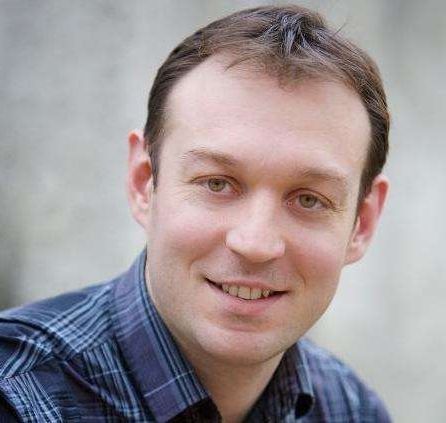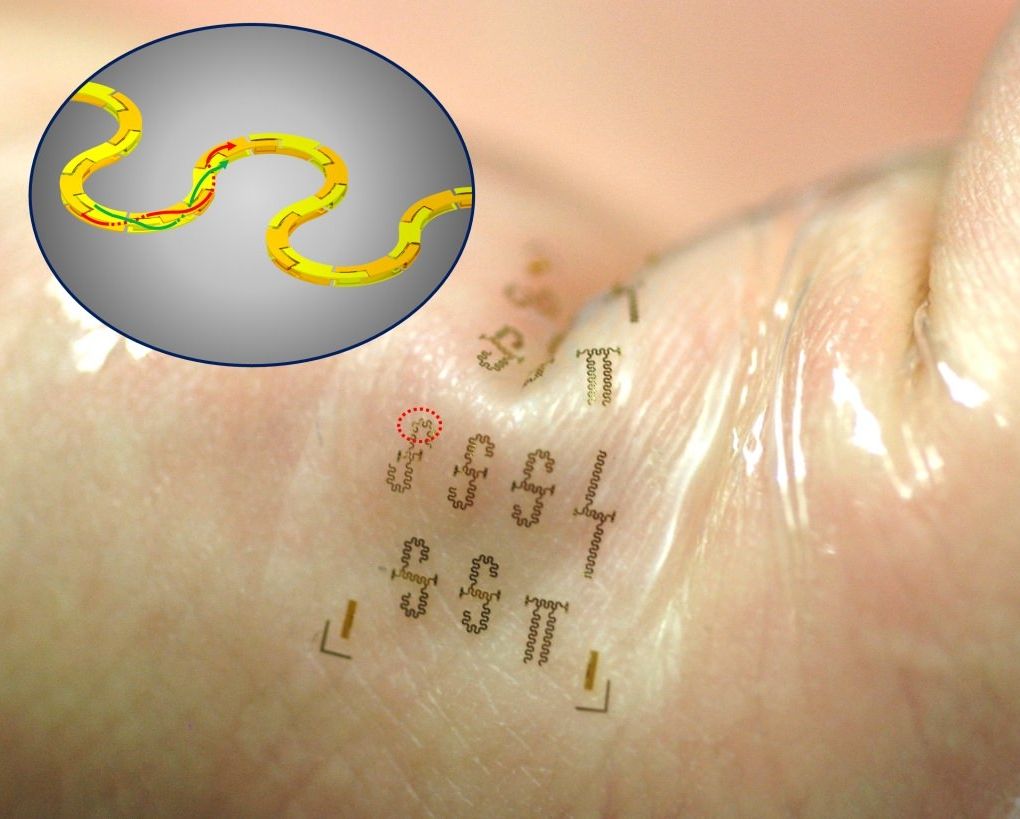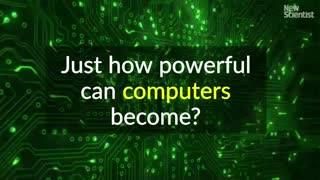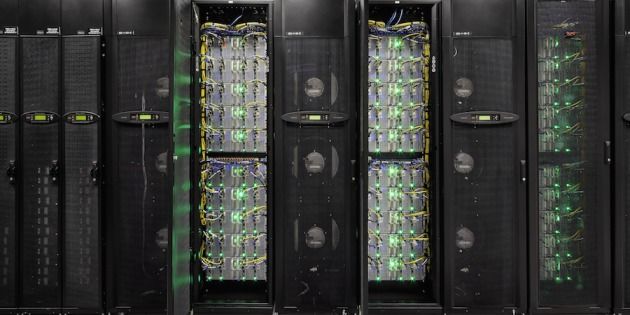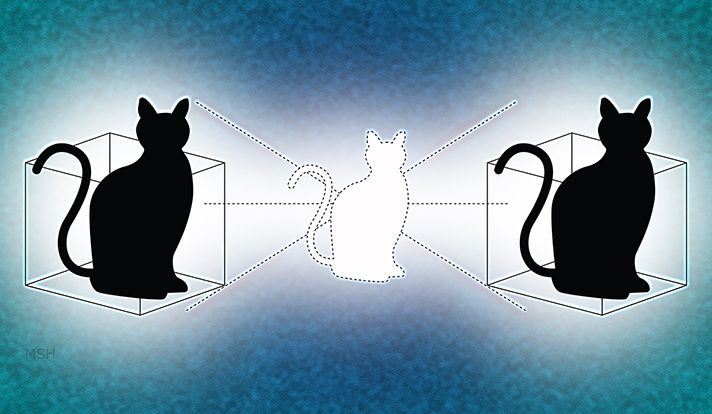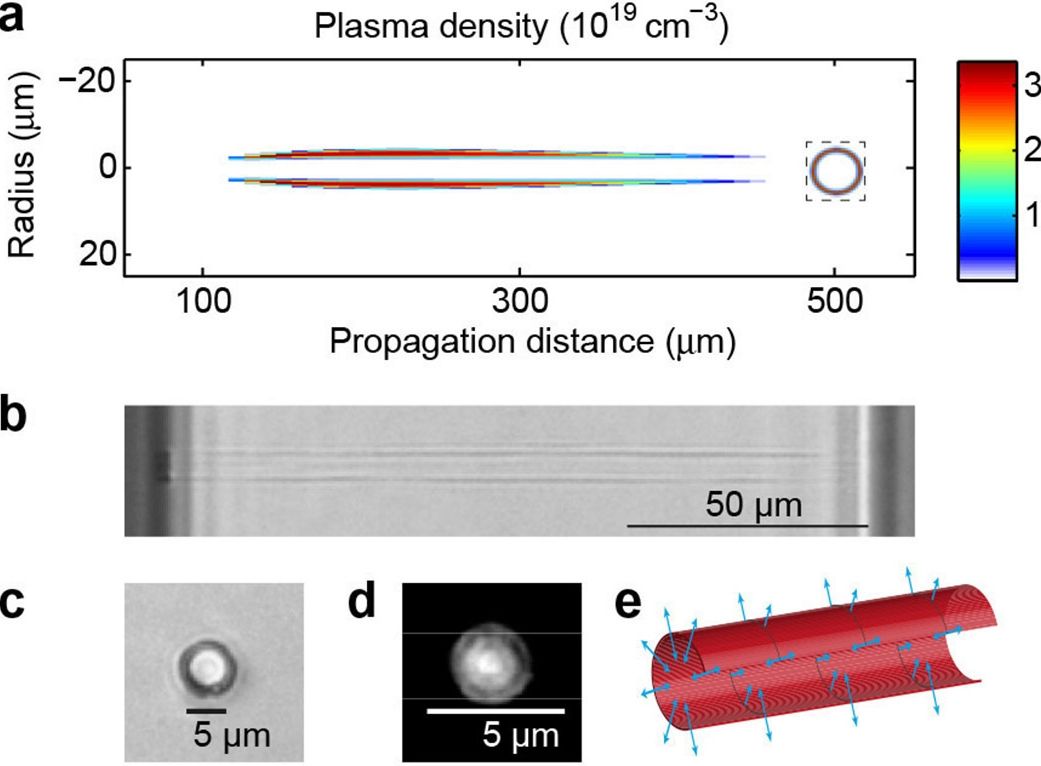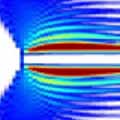May 30, 2016
Engineering nanodevices to store information the quantum way
Posted by Karen Hurst in categories: computing, engineering, particle physics, quantum physics
Wonderful! We’re well on our way of making QC more available on many devices in the near future.
Creating quantum computers which some people believe will be the next generation of computers, with the ability to outperform machines based on conventional technology—depends upon harnessing the principles of quantum mechanics, or the physics that governs the behavior of particles at the subatomic scale. Entanglement—a concept that Albert Einstein once called “spooky action at a distance”—is integral to quantum computing, as it allows two physically separated particles to store and exchange information.
Stevan Nadj-Perge, assistant professor of applied physics and materials science, is interested in creating a device that could harness the power of entangled particles within a usable technology. However, one barrier to the development of quantum computing is decoherence, or the tendency of outside noise to destroy the quantum properties of a quantum computing device and ruin its ability to store information.
Continue reading “Engineering nanodevices to store information the quantum way” »
